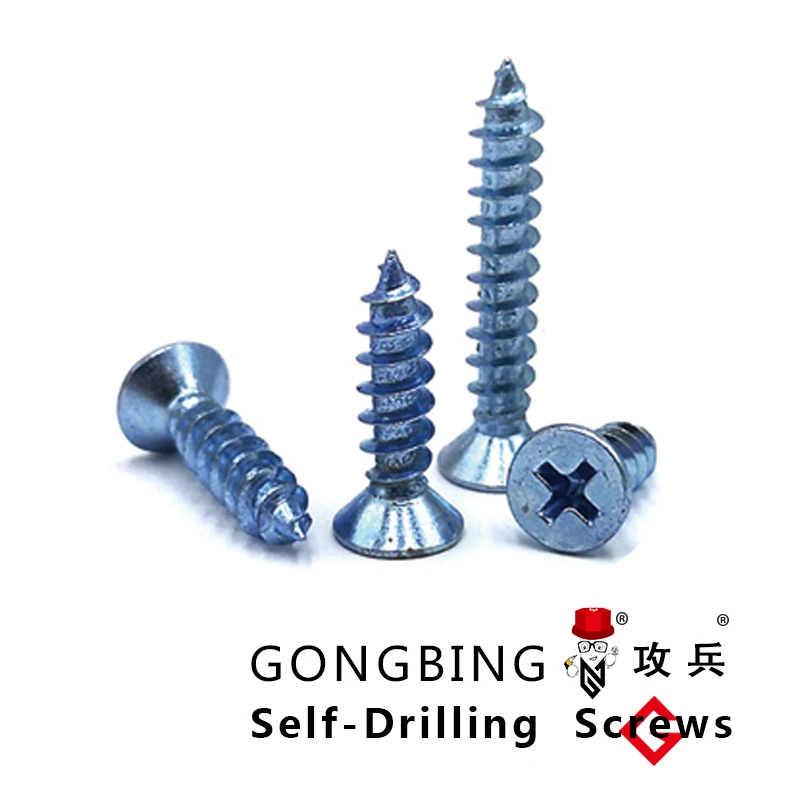Understanding A325 Structural Bolts for Construction Applications and Load Requirements
Understanding Structural Bolts A325 and Its Importance in Construction
Structural bolts play a vital role in modern construction, ensuring the structural integrity and safety of various infrastructures, including bridges, buildings, and towers. Among the multitude of bolt specifications available, A325 structural bolts have emerged as a particularly important choice for connections subject to significant loads and stresses. This article aims to provide insights into A325 structural bolts, their characteristics, applications, and why they are essential in the realm of structural engineering.
What Are A325 Structural Bolts?
A325 structural bolts are high-strength, steel bolts that are specifically designed for structural applications. They are governed by the American Society for Testing and Materials (ASTM) standard ASTM A325. This standard outlines the requirements for the material, mechanical properties, and manufacturing of these bolts, ensuring they can withstand high levels of tension and shear forces.
There are two main types of A325 bolts Type 1, which is made from carbon steel with a minimum yield strength of 105 ksi (kilopounds per square inch), and Type 3, which is a weathering steel that resists corrosion, making it suitable for outdoor applications. The distinction between these types is crucial for engineers and designers, as the choice of bolt type can significantly influence the performance and durability of the structure.
Key Characteristics of A325 Bolts
1. Strength and Durability A325 bolts are known for their high tensile strength, making them suitable for heavy loads and demanding applications. Their design allows for reliable connections in structural framing.
2. Resistance to Corrosion While Type 1 bolts are not inherently corrosion-resistant, Type 3 bolts are manufactured from weathering steel, which develops a protective rust layer that reduces corrosion over time.
3. Thread Design A325 bolts typically have a heavy hex head design, offering a large bearing surface and allowing for effective torque application during installation.
4. Heat Treatment These bolts undergo heat treatment processes to enhance their strength and performance characteristics, ensuring they can endure harsh environmental conditions and maintain structural integrity.
Applications of A325 Structural Bolts
structural bolts a325

A325 bolts are widely used in various construction applications, including
- Bridges A325 bolts are commonly used in bridge construction due to their ability to bear significant loads and resist tensile forces. Their high strength ensures the stability of the bridge under dynamic loads such as vehicles and pedestrian traffic.
- High-Rise Buildings In the construction of skyscrapers and multi-story buildings, A325 bolts are critical for connecting steel beams and columns. Their strength and reliability contribute to the overall stability and safety of these structures.
- Industrial Structures Factories and manufacturing plants often employ A325 bolts for their structural frameworks, as they provide the necessary strength to support heavy machinery and equipment.
- Towers and Communication Structures The wind resistance and load-bearing capabilities of A325 bolts make them ideal for use in telecommunications towers and other tall structures.
Importance of Proper Installation
The effectiveness of A325 structural bolts is highly dependent on proper installation practices. Engineers and construction professionals must ensure that the bolts are installed according to the specified torque values and guidelines. Improper installation can compromise the effectiveness of the bolt connections, leading to structural failures.
Additionally, regular inspections and maintenance are crucial to ensure the ongoing integrity of bolted connections. Identifying signs of wear, corrosion, or loosening can prevent potential failures and extend the lifespan of the structure.
Conclusion
In conclusion, A325 structural bolts are a key component in modern construction, providing the necessary strength and reliability for various applications. Their adherence to strict ASTM standards ensures that they can withstand the rigors of structural loads and environmental conditions. As the construction industry continues to evolve, understanding the importance of A325 bolts and ensuring their proper installation will remain essential for achieving safe, durable, and long-lasting structures. Whether in bridges, high-rise buildings, or industrial facilities, the role of A325 structural bolts remains pivotal in shaping the infrastructure of our communities.
-
Weatherproof Plastic Expansion Anchors for OutdoorNewsJun.06,2025
-
Sustainability in the Supply Chain: Eco-Friendly TEK Screws ProductionNewsJun.06,2025
-
Load-Bearing Capacity of External Insulation FixingsNewsJun.06,2025
-
Double Head Bolts: Enhancing Efficiency in Industrial MachineryNewsJun.06,2025
-
Corrosion Resistance in Chipboard Screws: Coatings for Wholesale DurabilityNewsJun.06,2025
-
Butterfly Toggle Bolts : Enhancing Structural ResilienceNewsJun.06,2025
